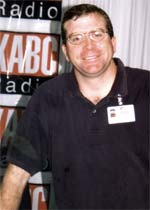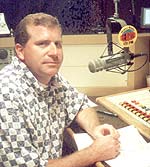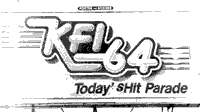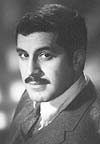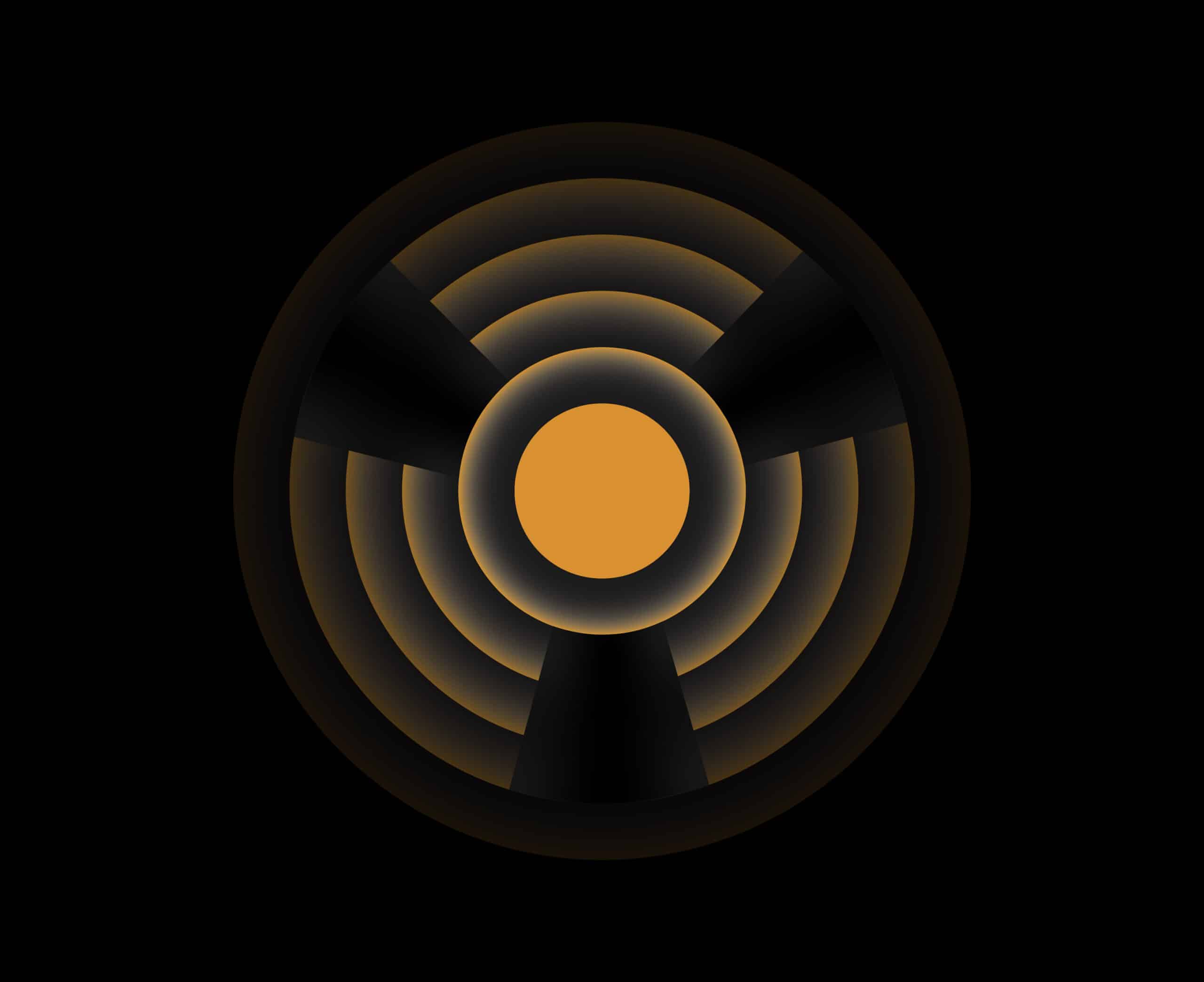The Mike Lynch Collection

High School Junior Mike Lynch at 16 |
Mike Lynch was lucky enough to grow up in Southern California while listening to KHJ, KFI and his Dad's favorite, KNX.
According to Mike, "I found myself wondering why our family favorites had three call letters while most of the other L.A. stations had four. Did they assign call letters based on which stations were the most popular? My curiosity finally got the best of me and I decided to do some digging in the form of a class project when I was a junior in high school. It was this thirst for knowledge that not only earned me an A plus, but lead me to a career in L.A. radio with KSBR, KABC and KRTH Los Angeles, where I work today as a board-op and production assistant. My quest first took me eastward to Pittsburgh and the country's first radio station station KDKA. But wait a minute, that's four calls, not three!. Okay, I'll make an exception, after all it was the first, or was it? But without question, it was KDKA Pittsburgh that applied for and was granted the very first commercial broadcast license by the Commerce Department on October 27th, 1920. Needless to say, this collection focuses on some these early pioneers as they sounded in the 1950's, 60's and 70's." |
The Repository thanks Mike Lynch for sharing!
Middlesex in 1919, put together a five-watt transmitter, the forerunner of KNX. He was
first granted the call letters 6ADZ, later changed to KGC, and finally to KNX. Christian began broadcasting on September 10, 1920 by playing recorded music
borrowed from music stores and technically becoming L.A.’s first disc jockey.
Bob Crane’s KNX Studio, circa 1950’s
By the Summer of 1922, about 22 other stations in and around the Los Angeles area were
broadcasting on a shared single wave length of 360 meters, but KNX was one of the only
three stations to gain success and go onto a long history of continuous operation. In 1929,
KNX increased power to 5,000 watts, then 10,000 in 1932, 25,000 watts in 1933 and finally,
50,000 watts in 1934.
In 1938, KNX moved into the new KNX/CBS Studios on Sunset Boulevard in
Hollywood which became famous as “Columbia Square”. It was here that the great CBS
Radio stars such as Eddie Cantor, Al Jolson, Jack Benny,
A composite photo of Bob Cranes, autographed “To Jim, the best engineer since our Saturday show began, Thanks so much, Bob Crane”
Gene Autry, Steve Allen, Edgar Bergen, Bing Crosby,
Orson Welles, Red Skelton, Jackie Gleason, George Burns
and Gracie Allen made history broadcasting their shows in front of a live
audience.
In the 1940’s and 50’s KNX served as a moderately successful music and personality
station featuring CBS network shows hosted by Art Linkletter and Arthur Godfrey.
But it wasn’t until Bob Crane arrived at KNX to do mornings that KNX radio
became a dominant force in the L.A. market. Other notable talents included Bill Ballance, Rege Cordic, Jim Hawthorne and Michael Jackson.
This aircheck features Bob Crane and his brilliant engineer celebrating
their 5th KNX anniversary show. It includes a hilarious interview with comedian
Jonathan Winters. Crane remained at KNX until 1965 when he departed to pursue
his acting career. His role as Col. Robert Hogan on the hit TV series Hogan’s
Heroes catapulted him to international stardom. But tragically, in the early morning
hours of June 29th, 1978, Bob Crane was murdered in his Scottsdale AZ. apartment as he
slept.
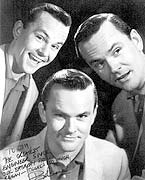

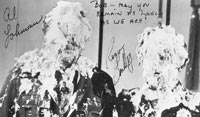
[Description by Mike Lynch]It began on November 2, 1920 when Leo Rosenberg broadcast the results of the
Harding-Cox Presidential election. KDKA wasn’t the first broadcaster, but the station’s claim as “the first ” is correct if you consider that it was the first commercial radio station to be issued a broadcasting license.It was KDKA that hired the first full-time radio announcer in broadcast history when
Harold W. Arlin came on board as the station’s staff announcer. Arlin introduced many great celebrities such as William Jennings Bryan and Will Rogers.
KDKA was also first with a regularly scheduled church service in January, 1921 as well
as first with the broadcast of a Professional Baseball Game between the Pirates and
Phillies in August of the same year.
By 1946 KDKA was still broadcasting the “Farm Hour News” every weekday morning at
six along with a “full service” format inlcuding news, sports interviews, and
play-by-play coverage of the Pirates, Penquins and Steelers.
In the late 50’s KDKA began blending top forty music into their format and the
battle of Pittsburgh was on.
But with the help of its powerful TV outlet, KDKA (Channel 2), Clark Race was able to stay ahead of KQV in spite of the fact that KQV was rocking around the clock while KDKA was airing live sports events.
By the late 60’s and 70’s KDKA and KQV were joined in the top forty battle by two
other AM rockers, 13Q and WIXZ. But the 50,000 watt KDKA continued to dominate the Pittsburgh market, as it does today with a 24 hour News-Talk format.
Bob Shannon,1972
Some of KDKA’s great personalties have included Clark Race, Rege Cordic,
Terry McGovern, Buzz Brindle, Jack Armstrong and, Bob Shannon, heard here on the station’s 53rd anniversary.
At the time, Shannon was working at both KDKA and WIXY Cleveland. He went on to do mornings at KDWB Minneapolis/St. Paul and afternoons at KHJ and KFI Los Angeles.


